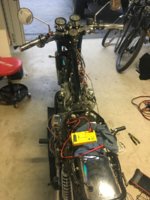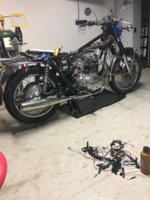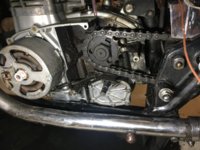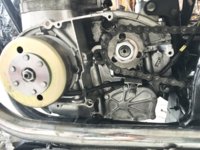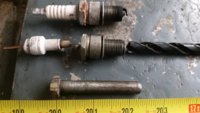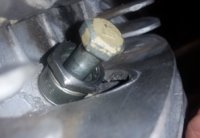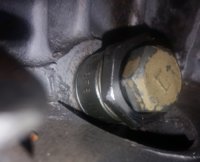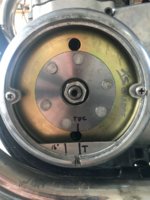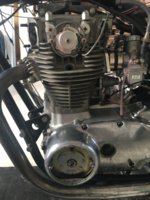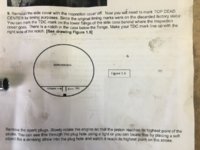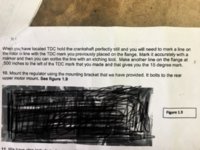TwinLewi
XS650 Addict
Hey there guys and gals,
Hope all repairs and rides are going sweet. I have been up to a lot on my 73 TX650.
Re wiring the whole thing front to back and just installed a new PMA Kit from TC Bro’s (Permanent Magnet Alternator). When I received this bike it had the original points system removed and has what appears to be a High output electronic Ignition. Not sure on brand like Pamco or not. I have installed the PMA kit. I have rotated the rotor (crank shaft) counter clockwise when removing stock stator and rotor. When installing the new assembly I rotated rotor to the right while tightened a bit. Also moved it both ways to check for clearance or anything that may be rubbing after install. Need to know if that was a bad mistake to rotate crank clockwise by a turn or two. Secondly I need help getting this timing sorted. I think having electric ign. (No points system) always gives me perfect timing. Is that true? It must be off though. I think it is time to buy a timing gun! Hope I have supplied the right info and asked the right questions. Learning all the time and love me hands dirty. Thanks for your time and knowledge everyone as always! Enjoy the knees in the breeze.
lewi.
Hope all repairs and rides are going sweet. I have been up to a lot on my 73 TX650.
Re wiring the whole thing front to back and just installed a new PMA Kit from TC Bro’s (Permanent Magnet Alternator). When I received this bike it had the original points system removed and has what appears to be a High output electronic Ignition. Not sure on brand like Pamco or not. I have installed the PMA kit. I have rotated the rotor (crank shaft) counter clockwise when removing stock stator and rotor. When installing the new assembly I rotated rotor to the right while tightened a bit. Also moved it both ways to check for clearance or anything that may be rubbing after install. Need to know if that was a bad mistake to rotate crank clockwise by a turn or two. Secondly I need help getting this timing sorted. I think having electric ign. (No points system) always gives me perfect timing. Is that true? It must be off though. I think it is time to buy a timing gun! Hope I have supplied the right info and asked the right questions. Learning all the time and love me hands dirty. Thanks for your time and knowledge everyone as always! Enjoy the knees in the breeze.
lewi.

